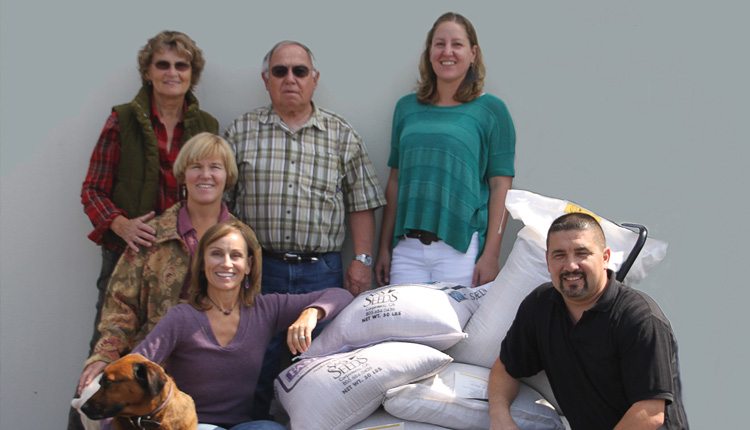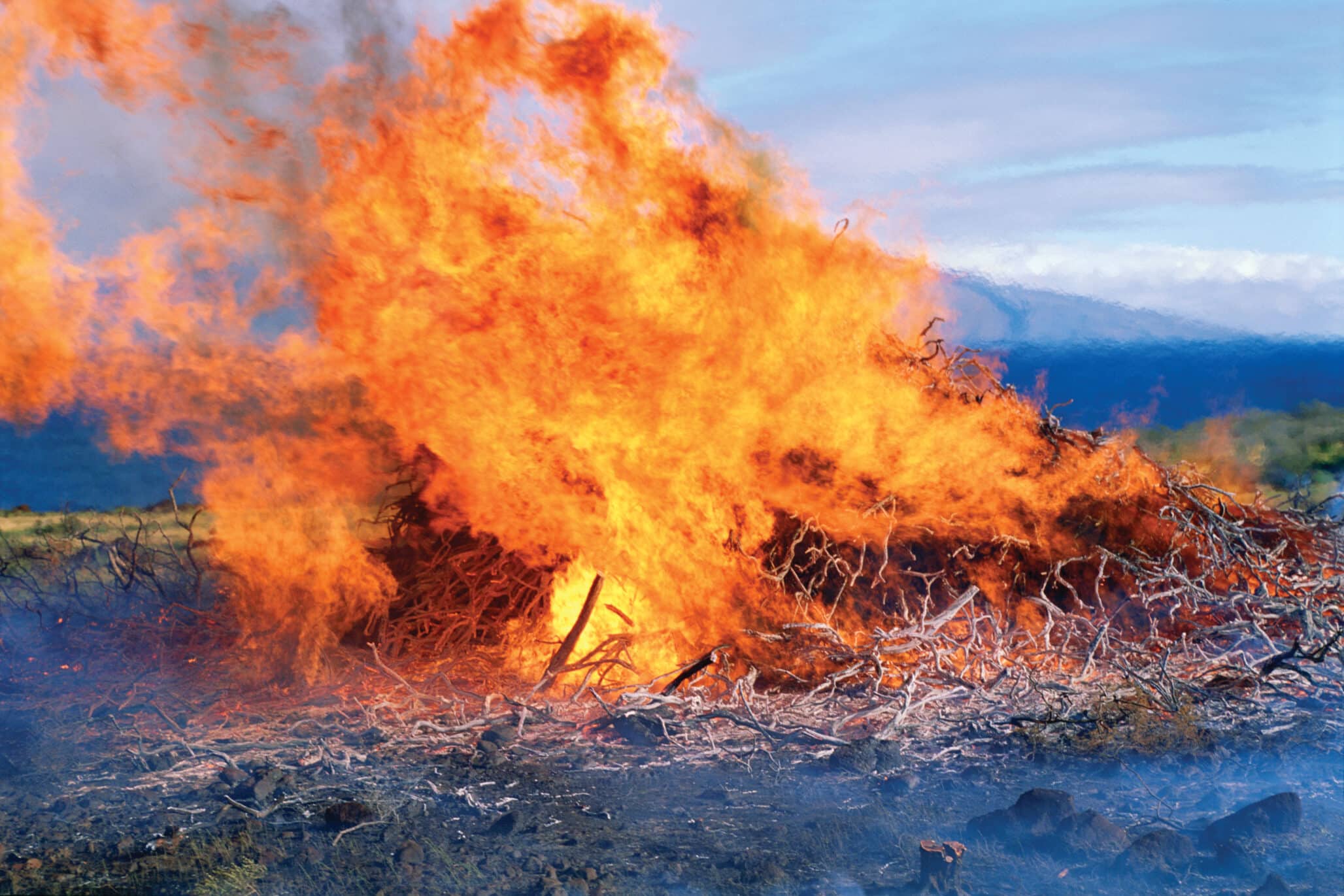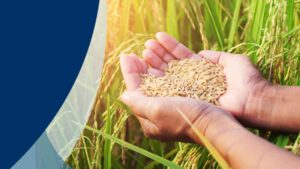The native seed industry seeks a cohesive strategy and standards for the future.
How local is local? That’s the underlying question seed industry players are asking these days when it comes to native plant material. There is no national standard for what constitutes native seed and preferences vary by state, but the demand continues to grow for grasses and forbs that are best suited to populate land that would otherwise face environmental degradation.
A patchwork of programs, plus the nature of this specialized system, leave the native seed market fragmented, making it hard for seed producers to make investments for the future. As this segment of the seed industry evolves, leaders hope all the players can unify and create a vision for the future.
Bill Agnew, who works with California’s S&S Seeds through his firm Agnew Environmental Consulting, says the discord between supply and demand takes center stage in California, where standards dictate that natives used for renovating and rehabilitation must be “ecotype” seed that originated within a certain distance of the project site.
Considering that millions of acres succumb to wildfires every year nationwide, that amounts to strong demand for specific species that create healthy ecosystems. But without a crystal ball to know where the next fire will break out, it’s challenging for seed producers and collectors to anticipate just what plant communities will burn and what species will be needed or when.
“This works when you have a local need. Supplies of local ecotype seed are good for dozens of acres at a time, but think about the huge amount needed to restore hundreds of thousands of acres. Typically, what most of the agencies rely on are cultivars and selections. Most people realize if you want to do good native reclamation, you need to go outside of the narrow local box,” Agnew says of working with grasses and forbs that form healthy populations before non-natives move in.
There’s hundreds of native grass species in California. The California Department of Forestry and Fire Protection (Cal Fire) reports that flames have ripped through more than 183,000 acres in 2016, as of late August.
In Agnew’s opinion, looking outside the box doesn’t mean settling for the subpar. Many excellent cultivars and selections have been developed by the federal government’s Agricultural Research Service laboratories and Plant Material Centers, such as Bluebunch wheatgrass, a perennial native to the northern Great Plains and Intermountain regions of the western United States.
No Single Answer
“Our members recognize that, in instances where the goal is native restoration, we want to maximize flexibility for land managers dealing with large scale disturbances,” says Jane DeMarchi, vice president of government and regulatory affairs for the American Seed Trade Association (ASTA). She notes that in the cases of wildfires, seeding must be done expeditiously to prevent unwanted plants or soil erosion from taking hold.
“There is no one answer as to how native is native. The best strategy is to buy seed that is more broadly adapted to a region.”
Earlier this year, ASTA expressed concern over some of the tenets of the 2015 National Seed Strategy, which calls for specialized native seed to serve as the foundation for the Bureau of Land Management’s (BLM) reclamation projects. The organization says this kind of campaign doesn’t take into account the “commercial realities” of developing and supplying sufficient seed quantities for massive plantings following wildfires. ASTA believes implementation of the National Seed Strategy requires oversight by Congress.
Overall benefit to the environment is another factor to consider when searching for the best native plant material.
“The globe has changed and climates are changing. Is it realistic to be trying to recreate a landscape that existed hundreds of years ago?” DeMarchi says.
That’s where the expertise of professional native seed producers can be relied upon, she believes.
“A lot of companies in the native seed business have been doing this work for decades,” DeMarchi says. “They have a good understanding of the environments they’re working in and, in terms of restoration goals, know what will work in those settings.”
Providing ecotype seed in those wildfire emergency situations has its challenges, but when it comes to planned projects, some companies are well positioned to meet that need. S&S Seeds, located in Carpinteria, offers more than 1,000 species of grasses, wildflowers and shrubs native to California.
“S&S Seeds is way ahead of the curve to provide local types of ecotypes,” Agnew says. “They work with pipeline companies and utilities years in advance of projects to collect plant materials at those sites,” Agnew says.
He notes the impact industry had on the environment is really what launched the native plant industry that exists today. The Surface Mining Reclamation Act of 1977 “forced states to force mining companies to use native plant materials. Before that, 80 percent of the plants were introduced species. Now, 80 percent are natives,” he explains.
Besides the geographic issues that can result from having dozens of ecoregions per state, there is a broad divide when it comes to land ownership. “It’s apples to oranges when you compare native standards from the middle part of the U.S. to the West, where 60-plus percent of western land is owned by the federal government,” he adds.
Finding a Solution
Agnew says the number of players in the field makes things complicated, especially when no one state or federal agency has taken the lead at present. DeMarchi notes the Bureau of Land Management is one of the largest buyers of native seed, but much of the research conducted on native species is done by plant centers and laboratories operated by the USDA.
“Now the National Seed Strategy is challenged is to bring these entities together and show some unity and vision for where this industry is going,” Agnew says. “There needs to be a plan for these companies to buy into.
“We’re an industry that’s evolving and we believe that the customer is always right. The seed industry will find a way to find what our customers want.”
DeMarchi notes that everyone who deals in native seed can benefit from continued dialogue with federal agencies. The nature of the market, dictated by regions, makes the industry somewhat disjointed — but that doesn’t have to be a barrier.
“For most conservation projects, there’s a strong desire to have local control and local specifications,” she says. “That part will never go away. What we’ve urged with the BLM is that if they can give us a better idea of what they want for the future, our members can better plan for that. We are many steps away from having a standard.”













